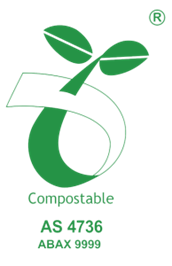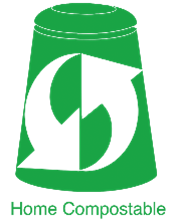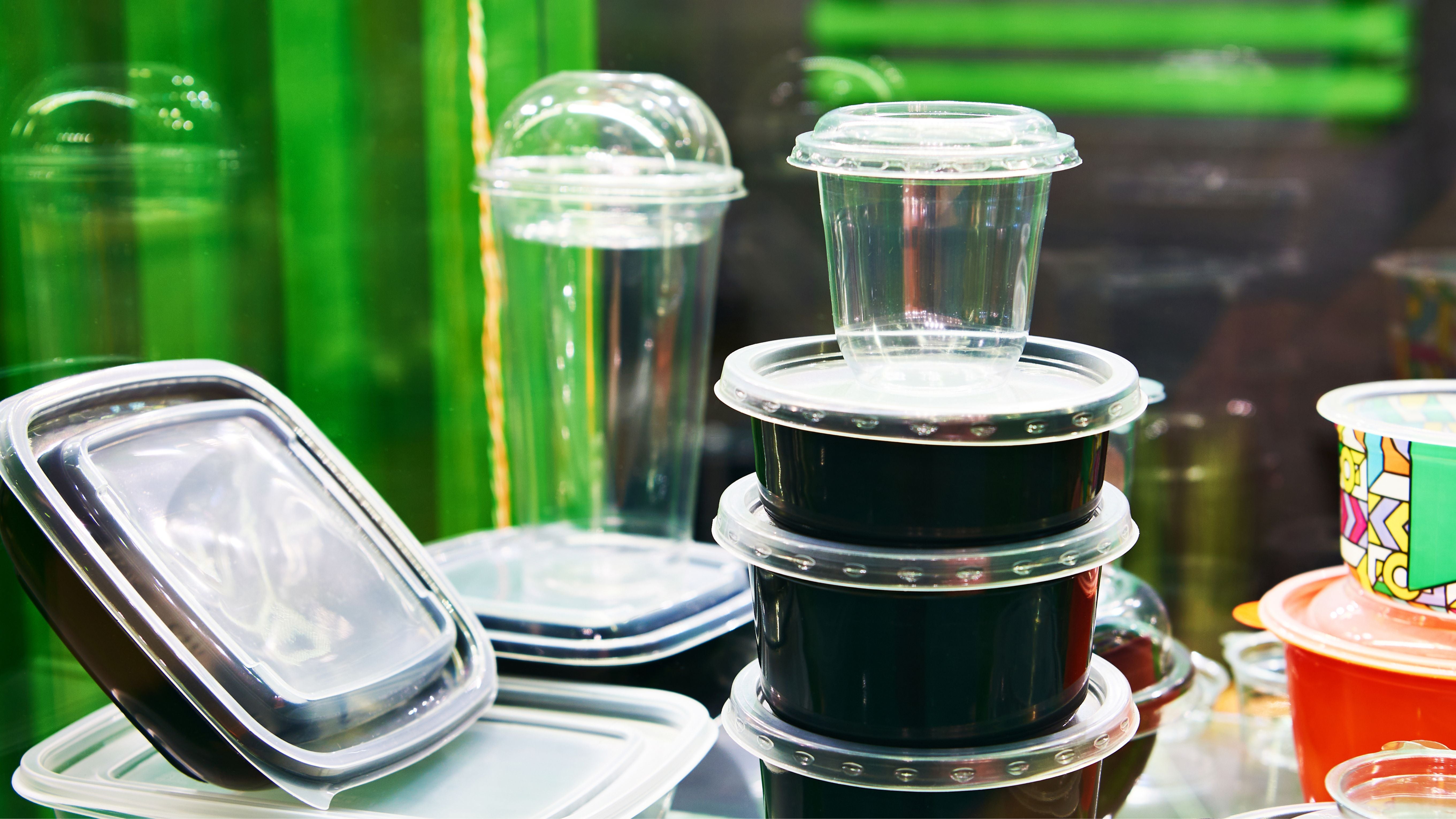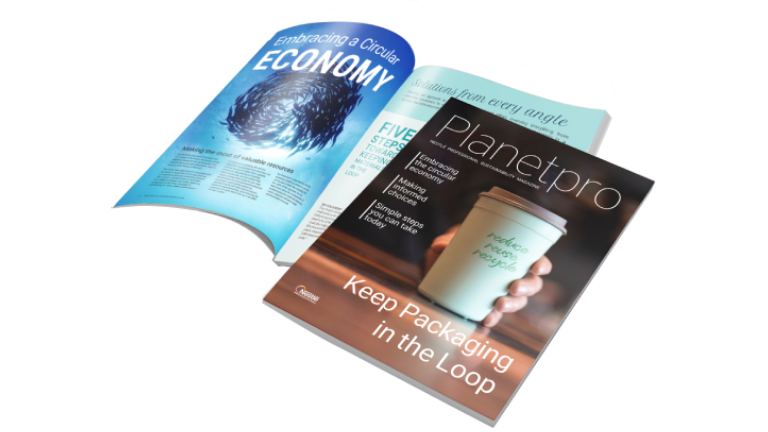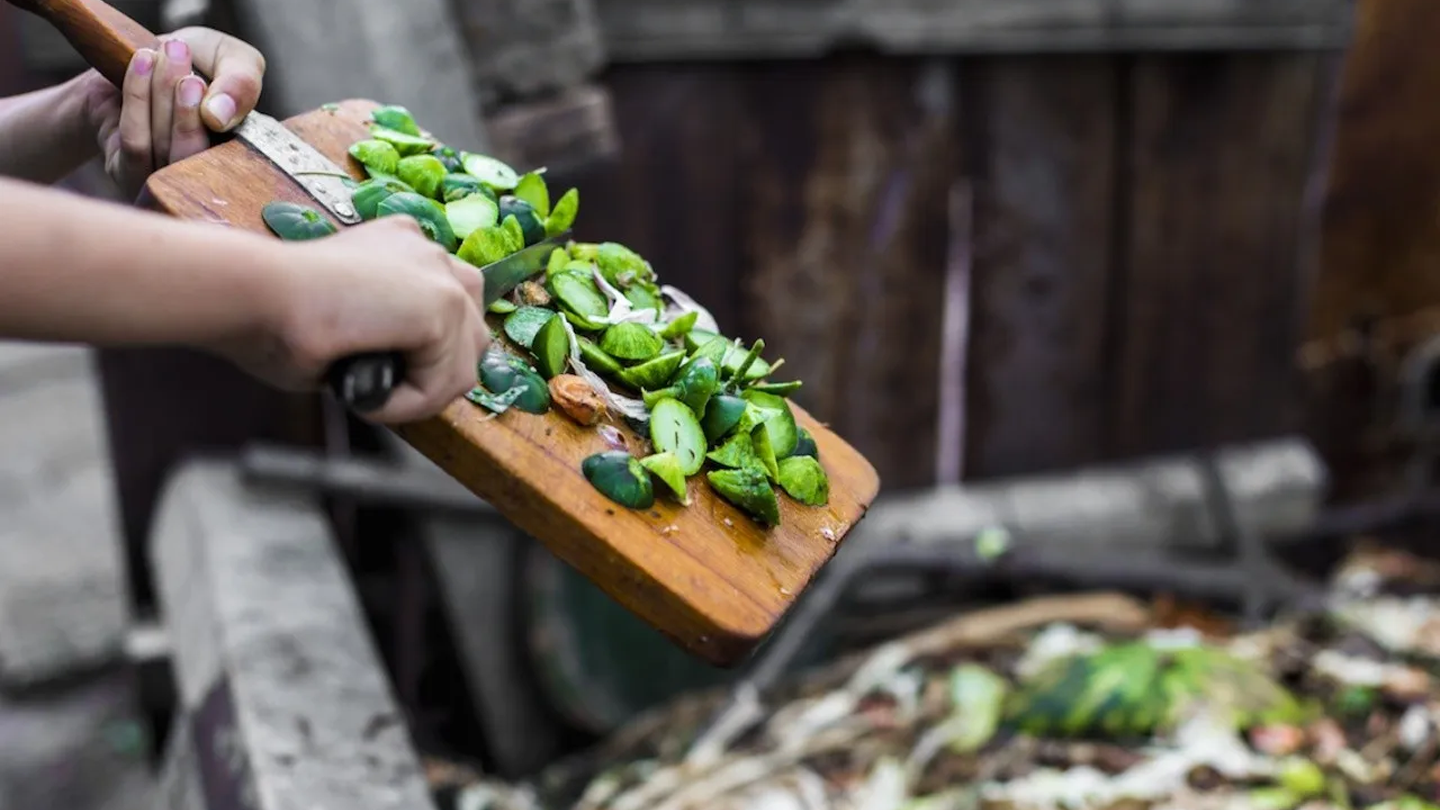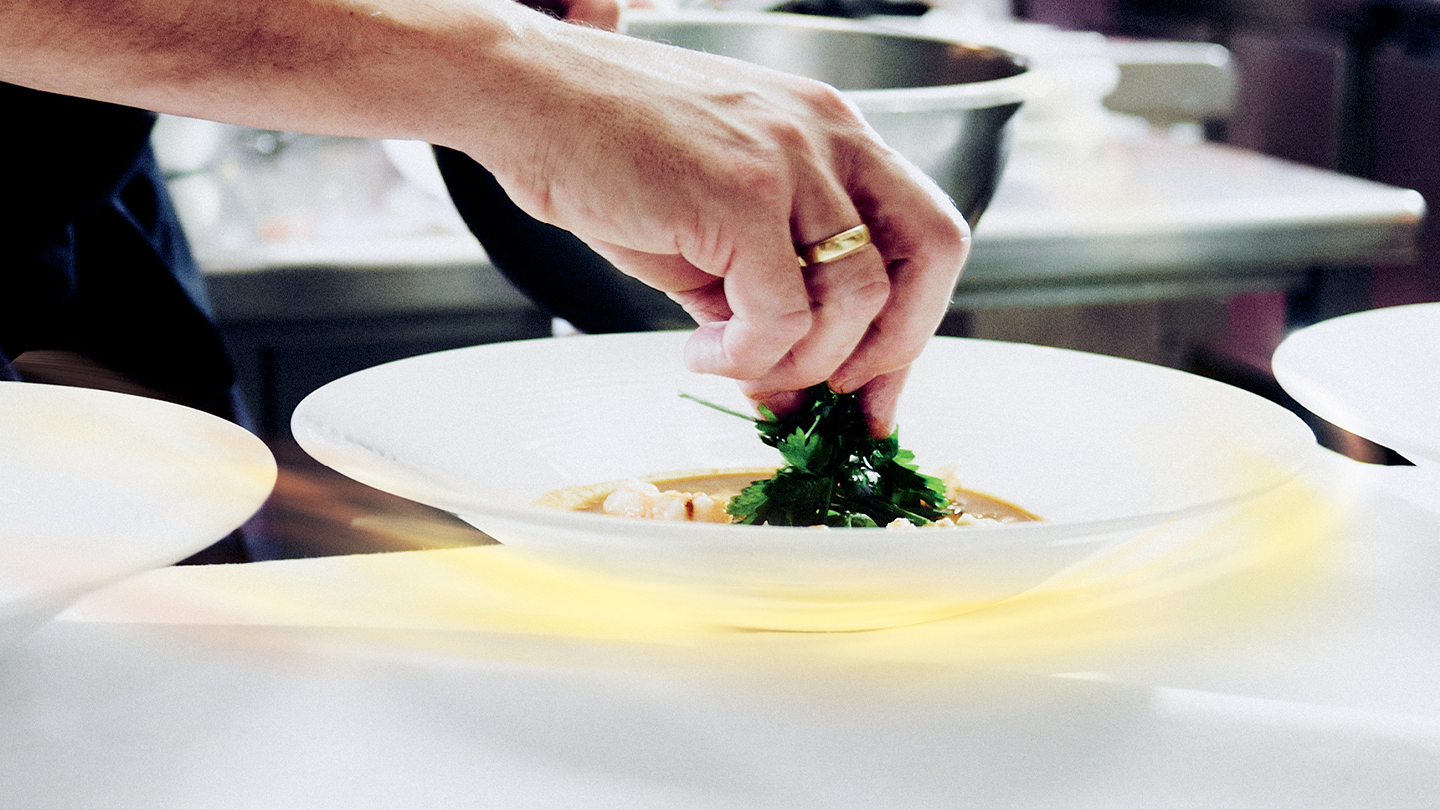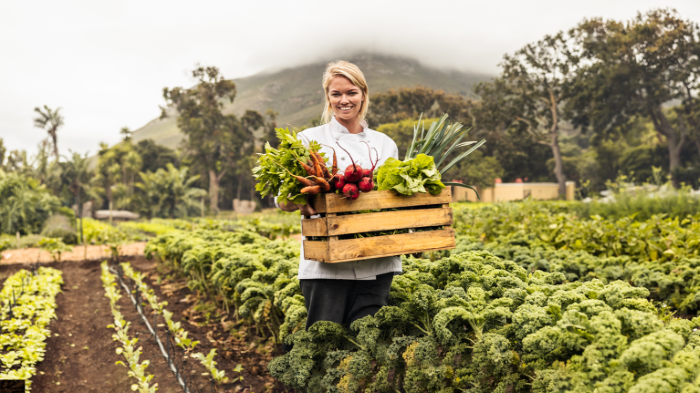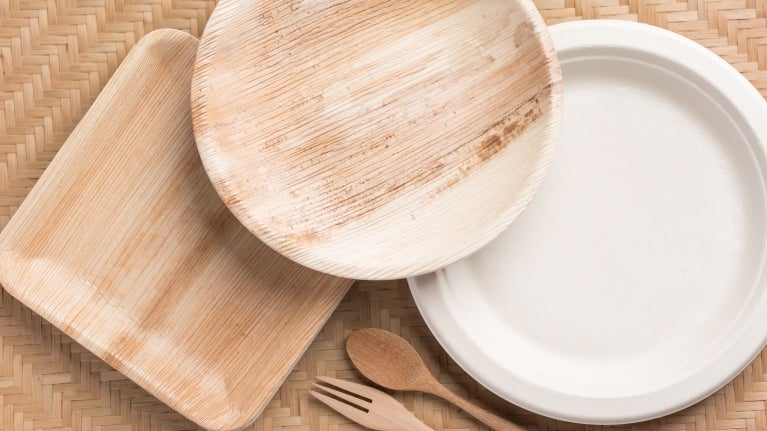
From Single-Use Plastics to Compostable Packaging: A Foodservice Packaging Q&A
Sustainable packaging is increasingly important for foodservice businesses looking to reduce their environmental impact. In this article, we answer common questions about sustainable packaging, including the difference between recyclable and recycled materials, the benefits of compostable packaging, and alternatives to single-use plastics.
Are recyclable and recycled the same thing?
No. “Recyclable” is a characteristic of a product, packaging or associated component that can be diverted from the waste stream through available processes and programs and can be collected, processed and returned to use in the form of raw materials or products.
On the other hand, “recycled material” means that something has been reprocessed from recovered material through a manufacturing process and made into a final product or component for incorporation into a product.1
What is compostable packaging?
There are two types of compostable packaging.
Industrial composting refers to packaging that will biologically decompose and disintegrate in a commercial composting facility only. The composting process must be at set levels and within a defined period of time.
Industrial composting facilities treat the packaging with special environmental conditions to encourage the breakdown of the material where it will become organic rich soil that can be on sold.
Although this option has potential, industrial composting infrastructure is not yet widespread, which means that industrial composting is currently not accessible to the majority of the population.
Look for the Seedling Composting logo to identify and differentiate packaging materials suitable for industrial composting. And check with your local government, or their waste management partner to confirm if any compostables beyond food waste are accepted in your area.
Home composting refers to packaging that can be placed in a home compost bin where it will decompose and become organic rich soil, within a measured period of time.
Packaging that is home compostable should mean that every component and material used in the packaging will breakdown and decompose into organic soil. This includes the whole of the package; the printing ink, and the adhesives used to seal the package.
Choosing home compostable packaging for your business allows your consumers to compost the packaging in their home, which helps the circular economy. Look for the Home Composting Logo to ensure the certified packaging can be easily separated out and diverted from landfill. 2
What do single use plastics bans mean in Australia and New Zealand?
In both countries single-use plastic items are being banned or phased out in coming years. The timeframe and list of banned items is different for each country, state and territory and it’s important you know what the single-use plastics ban means for your business.
• To find out more about what’s happening in your local area or state in Australia, please check this website.
• To find out what’s happening in New Zealand, please check this website.
Some popular examples of single-use plastics that are or will be banned are below:
• plastic bags
• plastic drinking straws
• plastic bowls and plates
• plastic cutlery (including knives, forks, spoons, chopsticks, sporks, stirrers, food picks)
• expanded polystyrene food and drink containers
• products containing microbeads.
What are the alternatives to single-use plastics?
There are many reusable options or alternative single-use items that you can provide in your business, such as:
• Cutlery made from stainless steel, bamboo or heavyweight plastic that can be washed and reused.
• Accepting reusable glass, heavyweight plastic, or metal containers/cups that a customer can bring in.
• Supply straws made from bamboo, stainless steel, or silicone. Only provide a straw on request.
What’s the best choice you can make in selecting packaging materials with respect to circularity?
The best choice will depend upon your business and the infrastructure available. You can explore reuse systems provided by your suppliers to significantly lower the volumes of single use materials you are using. Delivery pallets, vegetable trays and water fountain jugs are great examples of reusable packaging systems, and many more will be available due to consumer and regulatory initiatives to transform the packaging system. You can also check with your local government about what’s locally collected and actually recycled. Remember, packaging should also deliver adequate protection to the product so it can minimise food losses and waste, as these can cause even more environmental impact than packaging itself.
Sources
1. ISO 14021:2016 - Environmental labels and declarations
2. https://bioplastics.org.au/composting/commercial-composting/
